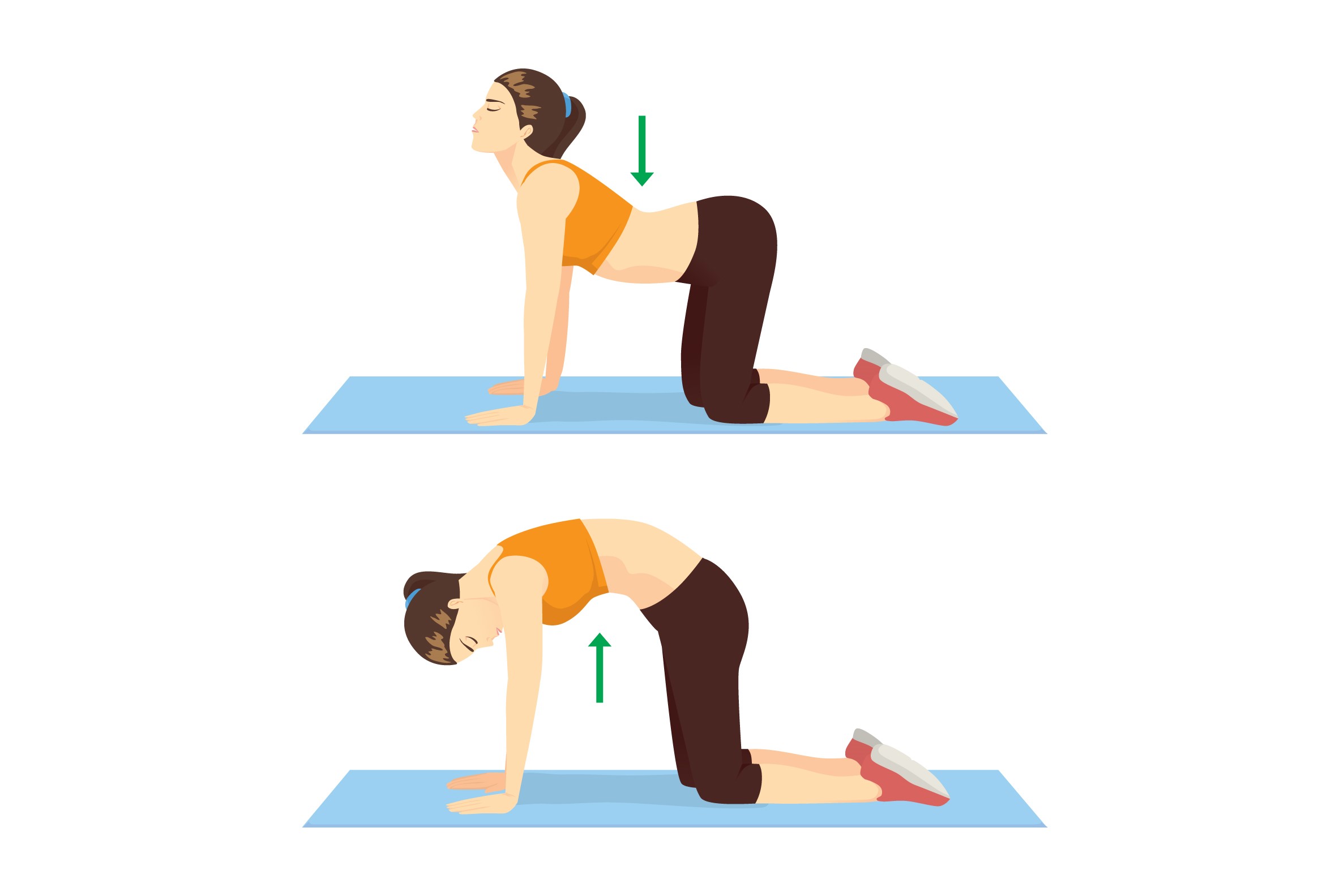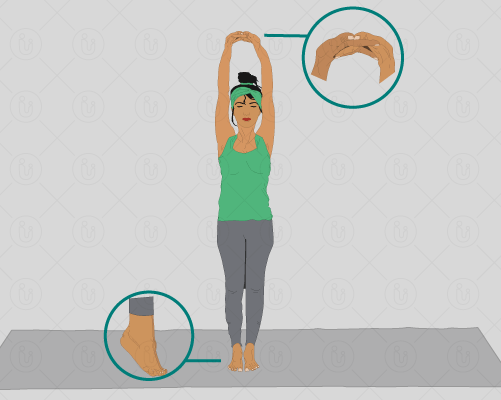Recovering from surgery can be challenging. Your body needs careful attention, gentle movement, and mindful care to restore strength and mobility. Yoga is a highly effective, low-impact practice that can help accelerate recovery, reduce post-operative pain, and improve both mental and physical well-being. This comprehensive guide covers gentle yoga poses, breathing techniques, lifestyle tips, and mindfulness practices tailored for post-surgery healing.
Why Yoga Helps After Surgery
Surgery, even minor procedures, puts stress on your body. Inflammation, stiffness, and reduced mobility are common. Yoga helps in multiple ways:
- Boosts Circulation: Improves blood flow and oxygen delivery to healing tissues.
- Reduces Pain and Inflammation: Gentle stretches and relaxation techniques calm the nervous system.
- Improves Flexibility and Strength: Helps regain range of motion and muscle tone safely.
- Supports Mental Wellbeing: Reduces stress, anxiety, and post-surgery depression.
- Enhances Posture and Balance: Restores coordination and prevents secondary injuries.
Important Considerations Before Starting
- Always consult your doctor or physiotherapist before starting yoga after surgery.
- Begin with gentle movements; avoid straining muscles or joints.
- Use props like bolsters, pillows, or yoga blocks for support.
- Focus on mindful breathing and gradual progression rather than intensity.
Recommended Yoga Poses for Post-Surgery Recovery
Cat-Cow Stretch

Cat-Cow stretch gently mobilizes the spine, improves circulation, and relieves tension in shoulders and back. Ideal for post-abdominal and spinal surgery recovery. Related Article
Seated Side Stretch

Seated Side Stretch opens the torso, improves lung capacity, and reduces tension in the ribcage. Supports gentle abdominal recovery. Related Article
Neck Rolls

Neck Rolls release cervical tension, improve blood circulation to the head, and reduce headaches, aiding mental relaxation during recovery. Related Article
Supported Child’s Pose
Supported Child’s Pose stretches hips and lower back, encourages deep relaxation, and alleviates post-surgery stress. Use a bolster for comfort. Related Article
Legs-Up-the-Wall Pose

Legs-Up-the-Wall Pose improves circulation, reduces swelling in legs, and calms the nervous system. Perfect for lower body surgery recovery. Related Article
Reclined Bound Angle Pose

Reclined Bound Angle Pose opens hips and inner thighs, encourages lymphatic flow, and reduces tension. Supports mental and physical recovery. Related Article
Bridge Pose

Bridge Pose strengthens glutes, spine, and legs, improving posture and supporting lower-back recovery. Related Article
Modified Plank

Modified Plank rebuilds core strength gently, enhances posture, and restores abdominal stability. Related Article
Standing Mountain Pose

Standing Mountain Pose improves posture, body awareness, and balance, supporting overall recovery. Related Article
Breathing Techniques for Recovery
Incorporating breathing practices enhances healing by oxygenating tissues, reducing stress, and promoting relaxation. Recommended techniques:
- Diaphragmatic Breathing: Inhale deeply into the abdomen, exhale slowly. Repeat 5–10 times.
- Alternate Nostril Breathing: Balances nervous system, reduces anxiety, and supports mental clarity.
- Box Breathing: Inhale for 4 seconds, hold for 4, exhale 4, hold 4. Repeat 3–5 cycles.
Daily Routine for Post-Surgery Yoga
Suggested routine:
- Morning: 5–10 min gentle yoga (Cat-Cow, Neck Rolls)
- Midday: Seated Side Stretch & Standing Mountain Pose
- Evening: Supported Child’s Pose, Legs-Up-the-Wall
- Before bed: Relaxation & mindful breathing
FAQ: Post-Surgery Yoga
Can I start yoga immediately after surgery?
Always consult your doctor. Gentle movements may start within a few days to weeks depending on your surgery type.
Which poses are safe for abdominal surgery?
Supported Child’s Pose, Seated Side Stretch, and Legs-Up-the-Wall are generally safe, but avoid deep twists or pressure on the abdomen.
How long should each session last?
Start with 5–15 minutes daily and gradually increase to 30 minutes as tolerated.
Conclusion
Yoga can significantly accelerate post-surgery recovery, improve mental health, and restore strength and flexibility. By practicing gentle poses, mindful breathing, and following a structured routine, patients can heal faster and feel more empowered in their recovery journey.
Start your journey with YogaEndless to access expert-guided sessions, personalized recovery routines, and full support to regain strength safely and effectively.
